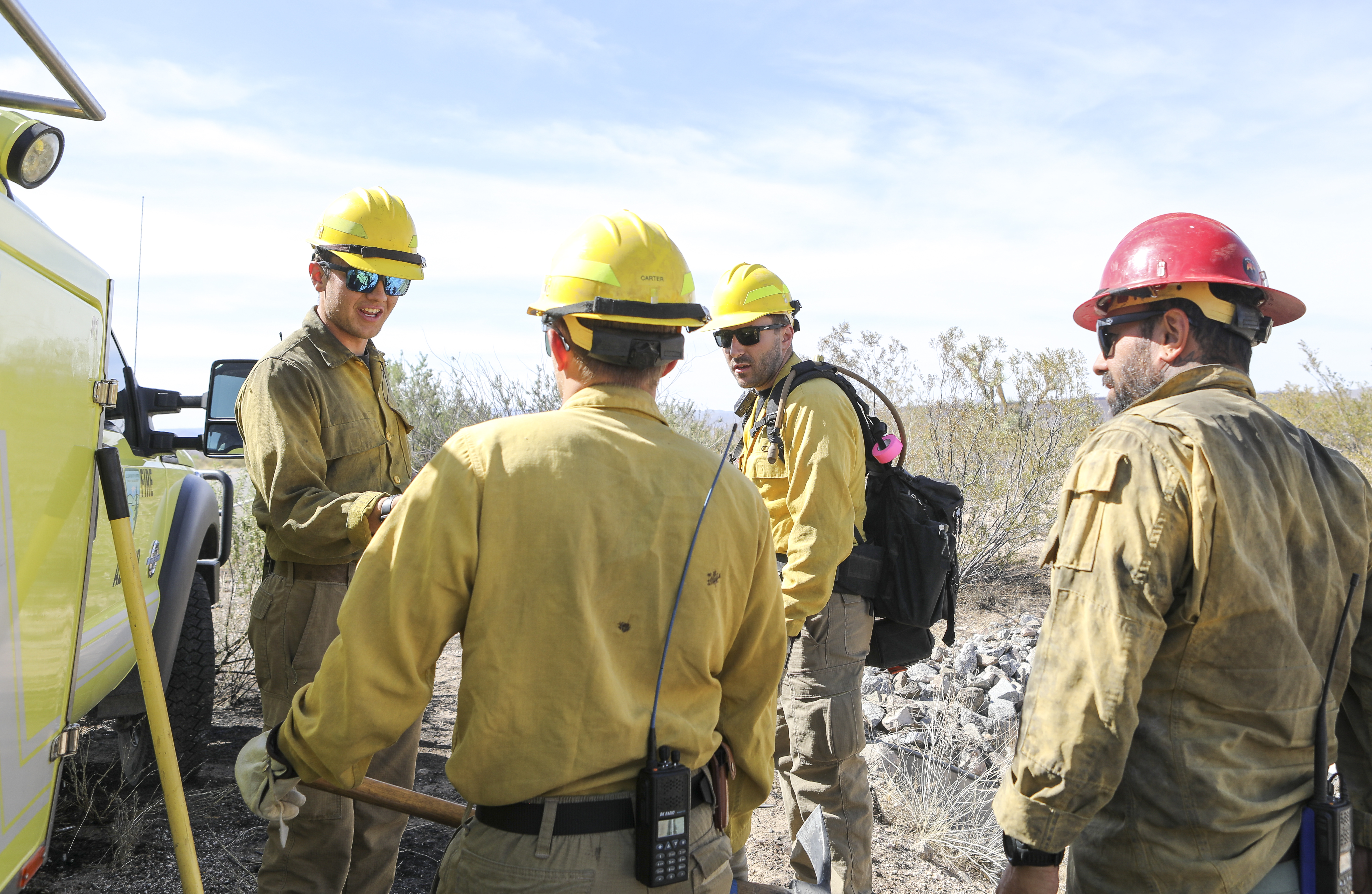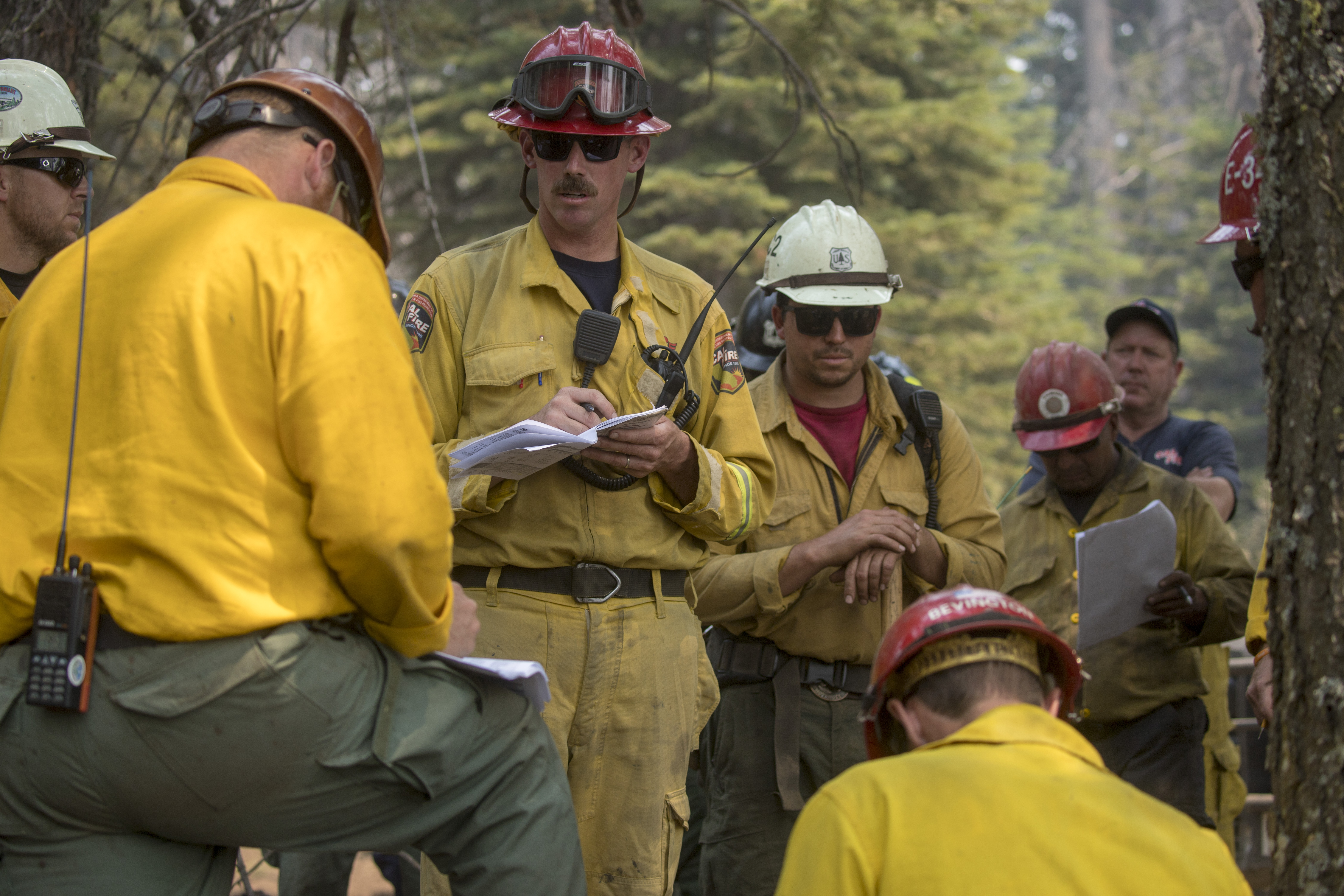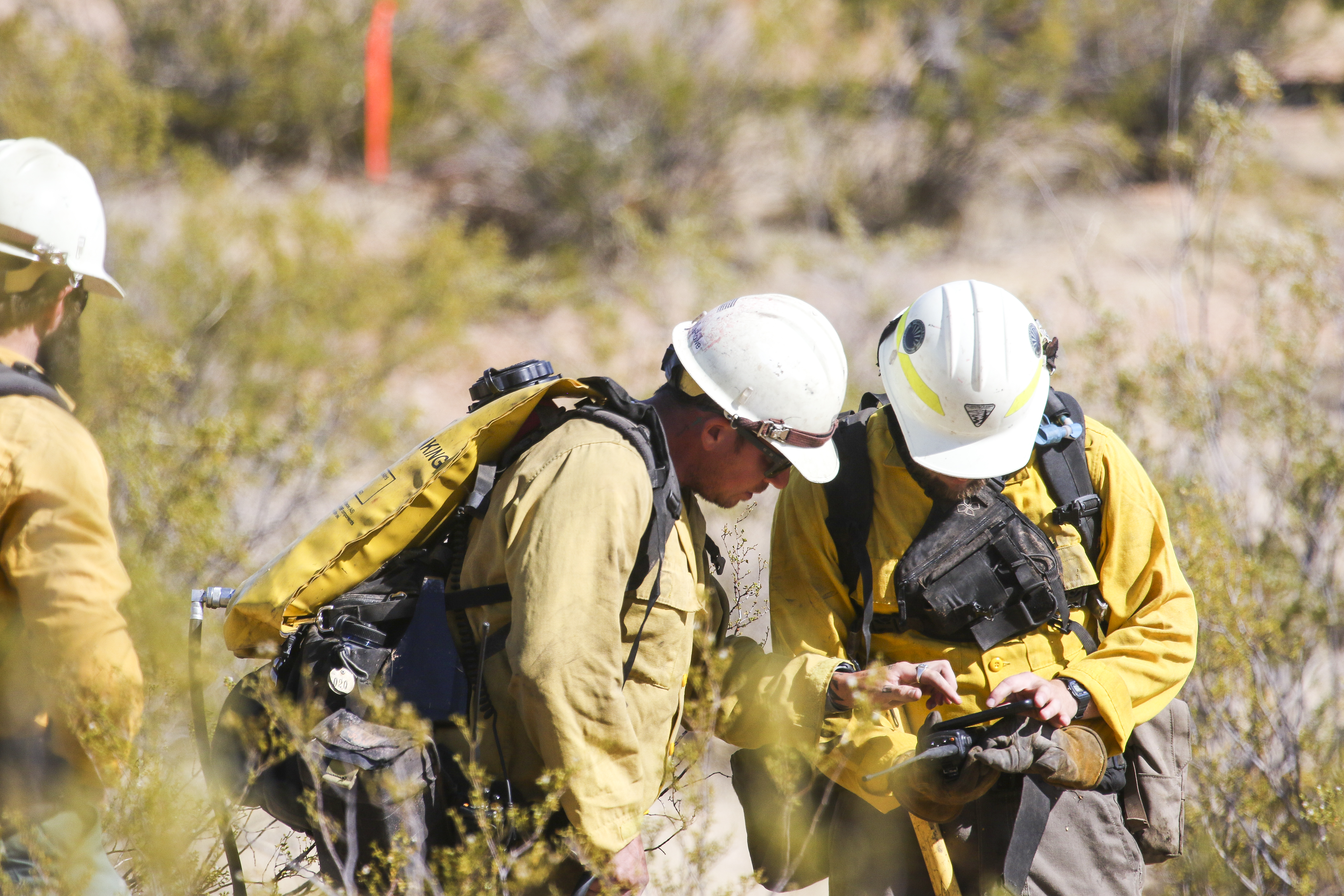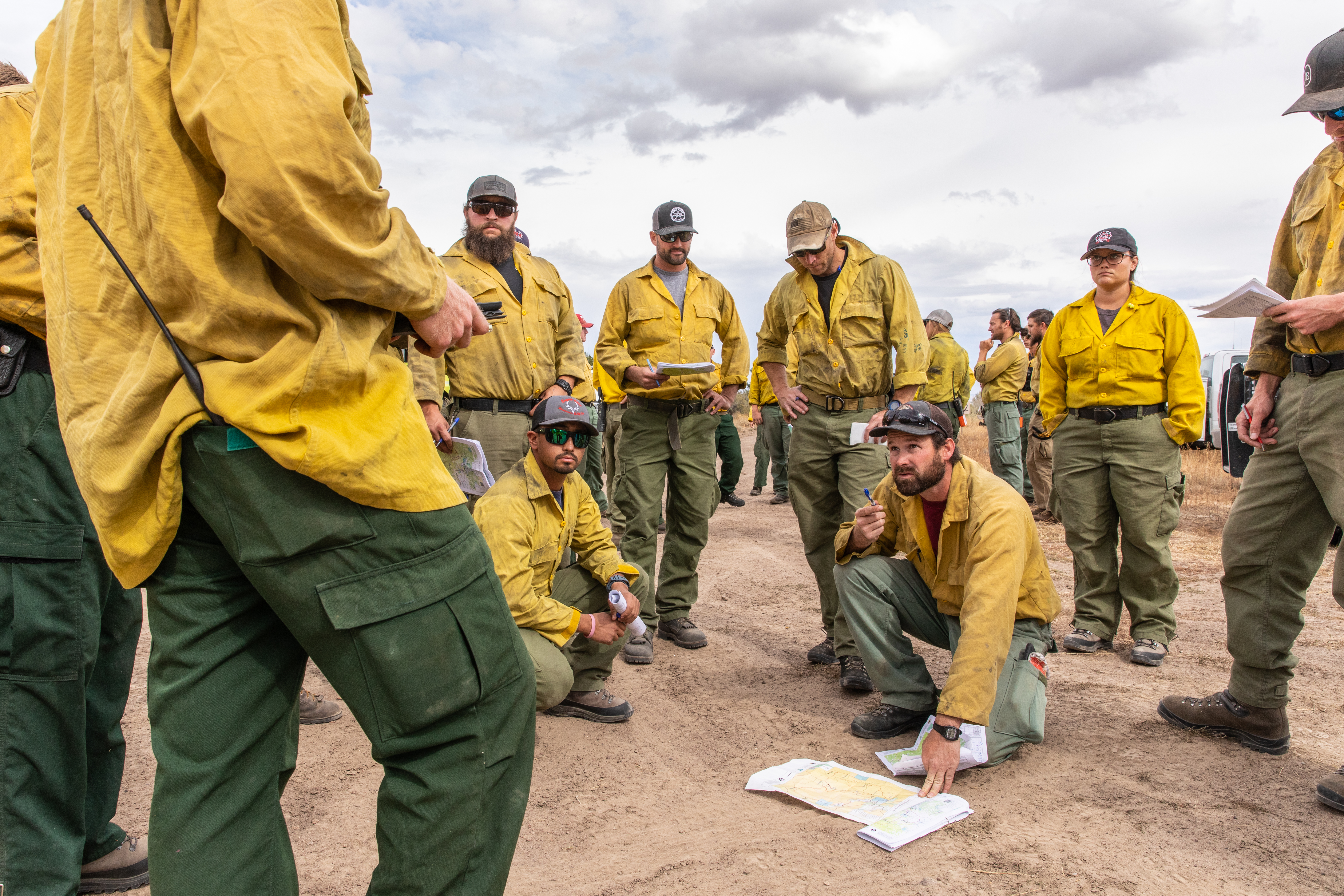In the world of wildland firefighting, success and safety rely heavily on communication. Whether it's coordinating strategies, sharing critical updates, or responding rapidly to changing conditions, the ability for teams to communicate effectively is the foundation that ensures a cohesive and well-coordinated response to the challenges posed by wildland fires.
TWO-WAY RADIOS
While instant communication between people across the world is the norm, its significance becomes clear when teams of wildland firefighters face the challenge of battling wildfires in remote locations. Wildland firefighting demands quick and efficient collaboration between firefighting teams to be able to handle the unpredictable behavior of these fires. With the two-way radio, individuals can communicate instantly with their team, sharing updates, coordinating plans, and making on-the-spot decisions. And when you're dealing with something as unpredictable as a wildfire, having instant communication can make the difference between containing a wildfire and letting it spread.

SATELLITE COMMUNICATION
Over time, advancements in technology have transformed the capabilities of satellite communication, helping wildland firefighting crews navigate unpredictable environments in remote locations. The combination of satellite technology and Geographic Information Systems (GIS) has changed the way firefighting teams approach their operations, ultimately improving the efficiency of timely communication and data transmission. Through satellite communication, maps, images, and critical information can be seamlessly transmitted. When wildland teams are in areas where traditional cell service is not available, satellite technology provides wildland firefighters with a reliable means of connectivity.

MOBILE APPS & SOFTWARE
Wildland firefighters also utilize mobile apps to share real-time updates, share information about current fire behavior, and coordinate activities between different units. These apps are not only used for basic communication between teams but also provide emergency alerts to make sure that critical information is shared quickly. Before mobile apps and software, wildland firefighters had limited access to information about sudden shifts in weather conditions, exposing them to potential dangers on the fireline.

COMMUNICATION BEYOND THE HEAT OF WILDFIRES
Communication is not limited to the heat of wildfires. Before deployment, essential safety briefings become a pivotal means of communicating potential risks and necessary precautions. Following each operation, after-action reviews provide a platform for teams to share their experiences, enabling valuable discussions that enhance communication and refine strategies for future wildland fire battles. Ensuring seamless coordination among teams and quick responses to changing situations, the use of two-way radios, satellite phones, mobile apps, and more has established a way for firefighting teams to stay connected and safe.
In the demanding environment of wildland firefighting, firefighters rely heavily on the right gear and equipment to better prepare themselves in the fight against wildfires. From radio harnesses to fire gear equipped with integrated pockets and attachments for communication devices, NFFC provides gear to support effective communication among wildland firefighters when on the line.

Preparing For Wildfire Season with NFFC
The National Fire Fighter Corporation helps provide wildland firefighters with the products they need to protect themselves, their communities, and their property from the devastating effects of fire. NFFC is a trusted source for quality, reliable firefighting gear to help effectively extinguish fires, stay protected, and minimize injury. With innovative designs, and high-quality, durable materials, NFFC wildland fire equipment and products help keep the brave men and women fighting fires safe when things get hot.